Color difference, a frequent issue in injection molding processes, not only directly affects the visual appeal of products but may also lead to economic losses due to quality discrepancies. Its causes are multifaceted, encompassing plastic material selection, color masterbatch mixing techniques, injection molding parameters, the scientific design of molds, and human operational factors, making color difference control a challenging technical hurdle in the injection molding field. Based on extensive experience, Dongguan Yize Mould provides an in-depth analysis and comprehensive strategies for addressing color differences in injection molding products.
I. Optimizing Machine Equipment Configuration
-
Injection Molding Machine Selection: Ensure that the injection molding machine's capacity matches the product specifications, avoiding material dead spots, and replacing equipment when necessary to eliminate hardware defects.
-
Mold Maintenance: Address potential color difference issues related to the mold's gating system and vent slots through meticulous maintenance, ensuring optimal mold conditions before production to simplify problem-solving processes.
II. Selecting High-Quality Raw Materials and Color Masterbatches
-
Raw Material Control: Raw materials are the cornerstone of color difference control, especially for producing light-colored products, where the thermal stability of the resin must be strictly considered to avoid color fluctuations.
-
Color Masterbatch Management: Strengthen incoming raw material inspections, consistently use the same brand and model of base material and color masterbatch; implement a color masterbatch sampling system to ensure consistency between batches, and re-mix slightly different batches. Additionally, assess and replace raw materials with poor thermal stability to ensure consistent quality.
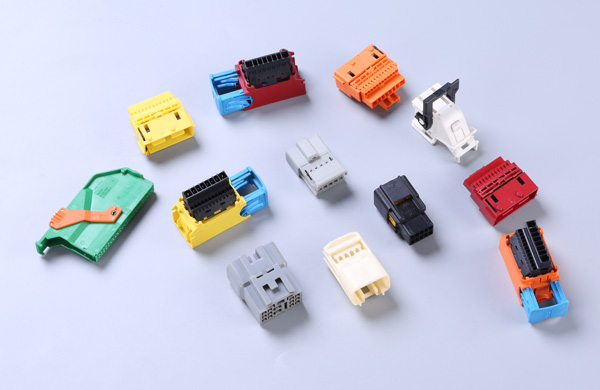
III. Optimizing Color Masterbatch Mixing Processes
-
Mixing Uniformity: Use mechanical mixing to ensure thorough blending of color masterbatch and base material. For issues of electrostatic separation, add manual stirring steps after material is sucked into the hopper, or use hot air dryers with manual feeding to effectively prevent color pigment separation-induced color differences.
IV. Enhancing Standardized Operator Procedures
-
Professional Training: Critical steps should be overseen by experienced operators to reduce errors caused by novice operations, ensuring efficient and precise production processes.
V. Precisely Controlling Process Parameters
-
Temperature and Color Masterbatch Quantity Management: Gain a deep understanding of how different color masterbatches change color with temperature and masterbatch quantity variations, determining optimal parameters through color trials. When adjusting injection molding processes, maintain original temperature, back pressure, cycle times, and color masterbatch addition as much as possible, closely monitoring the impact of parameter changes on color and adjusting promptly to maintain color consistency.
-
Avoiding Adverse Processes: Reduce the use of high injection speeds, high back pressures, and other strong shear processes to prevent local overheating or thermal decomposition-induced color differences, strictly controlling barrel temperatures, especially in the nozzle area, to ensure uniform and stable temperatures.
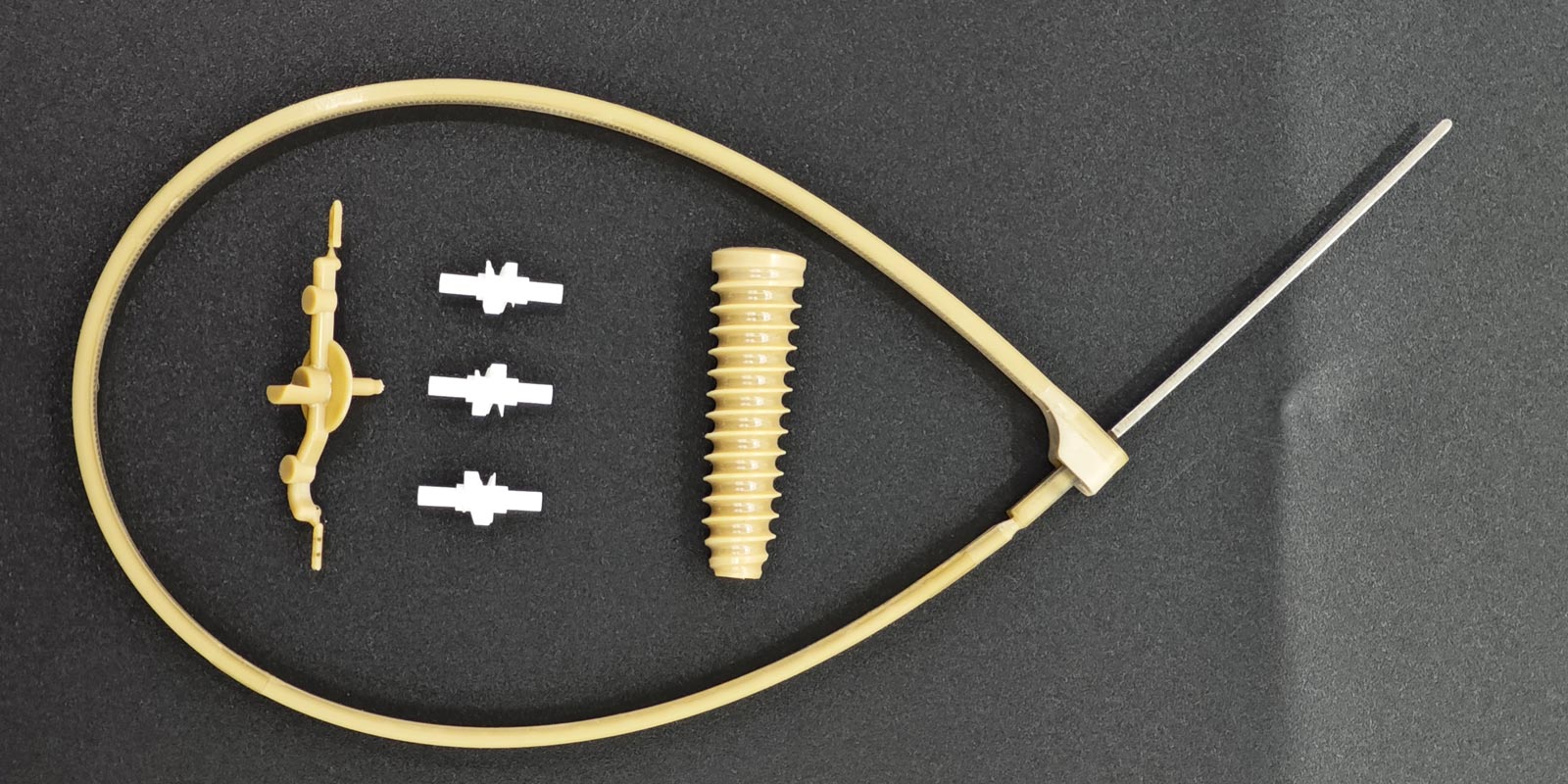
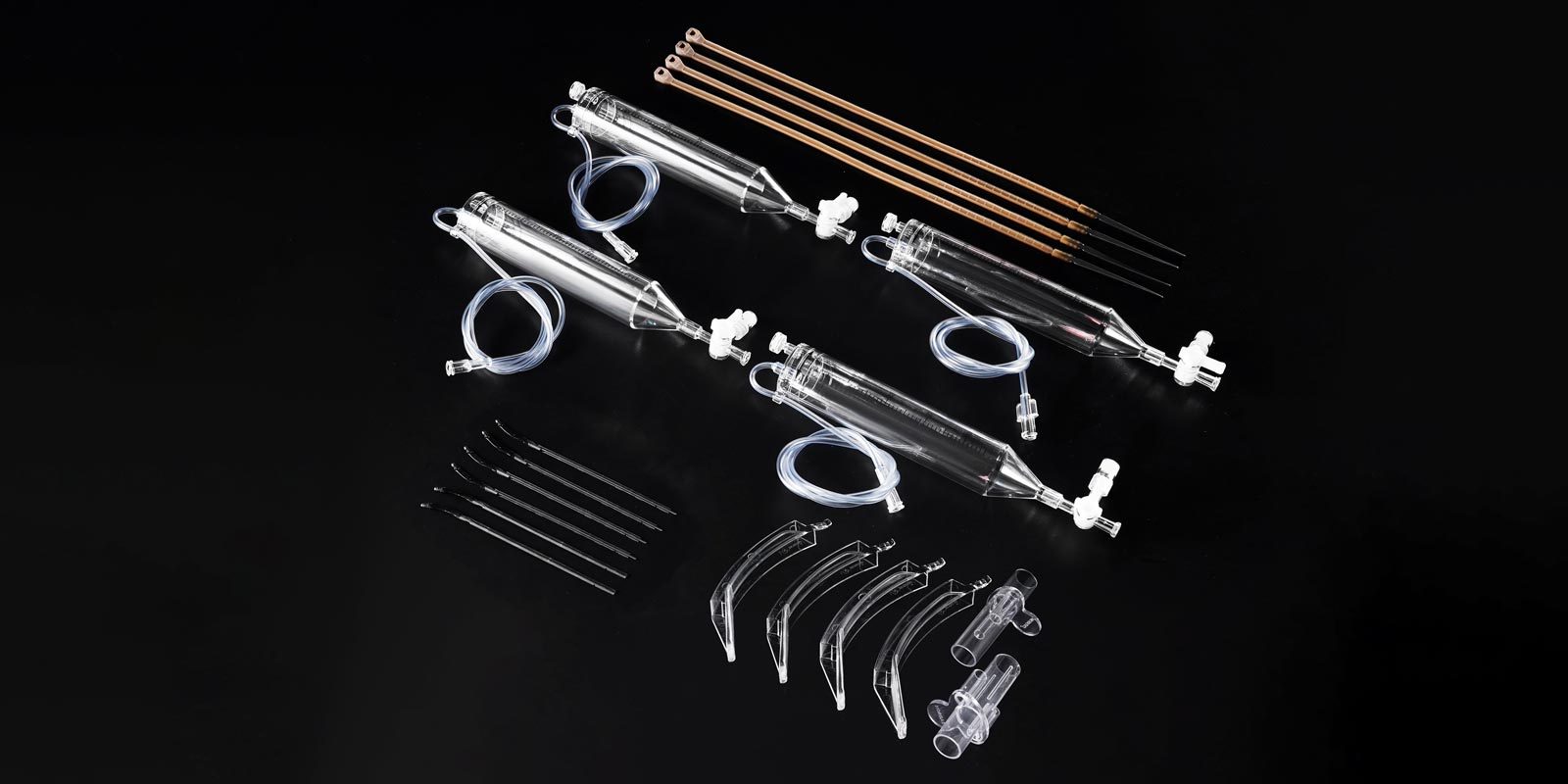
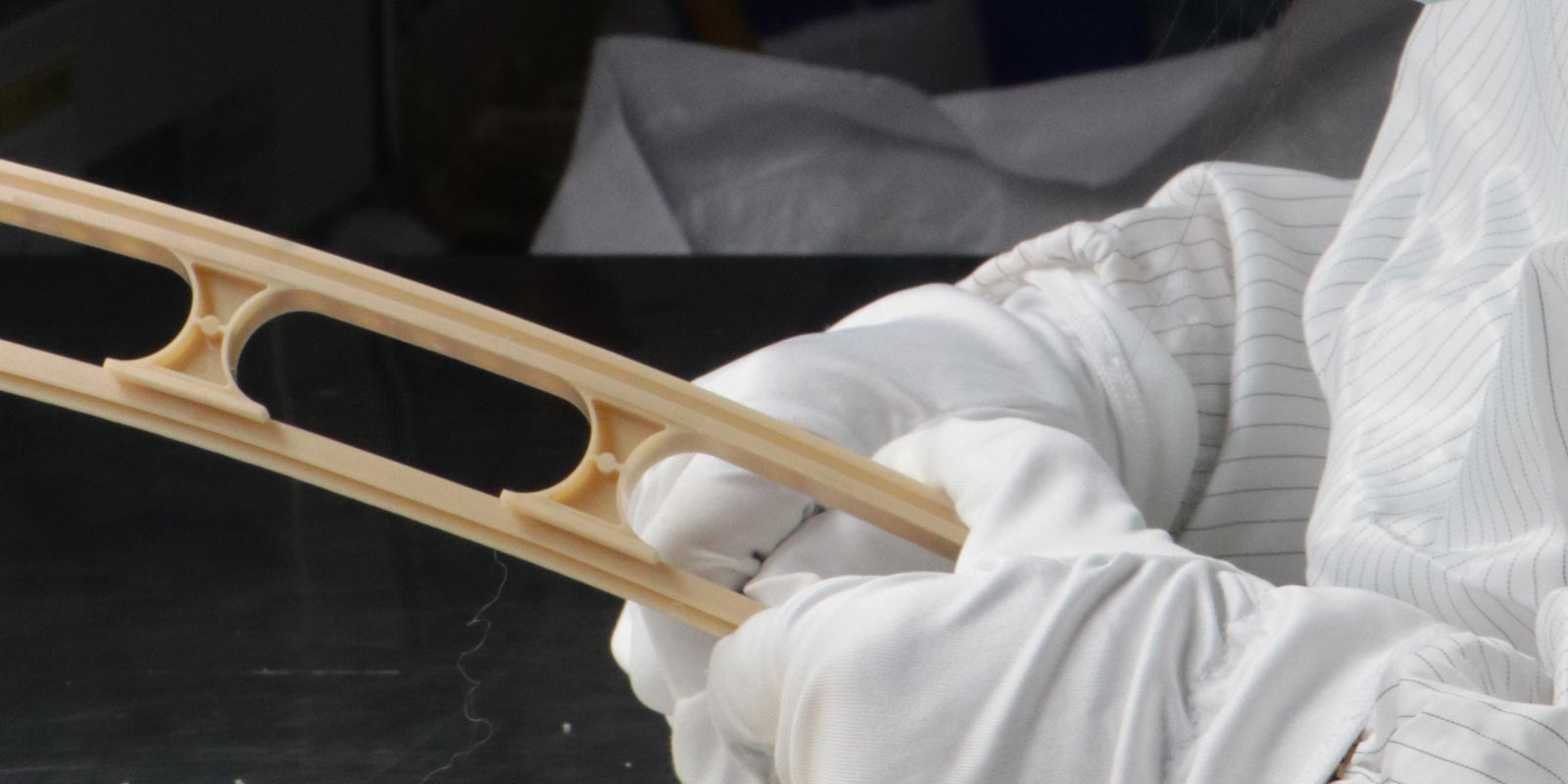
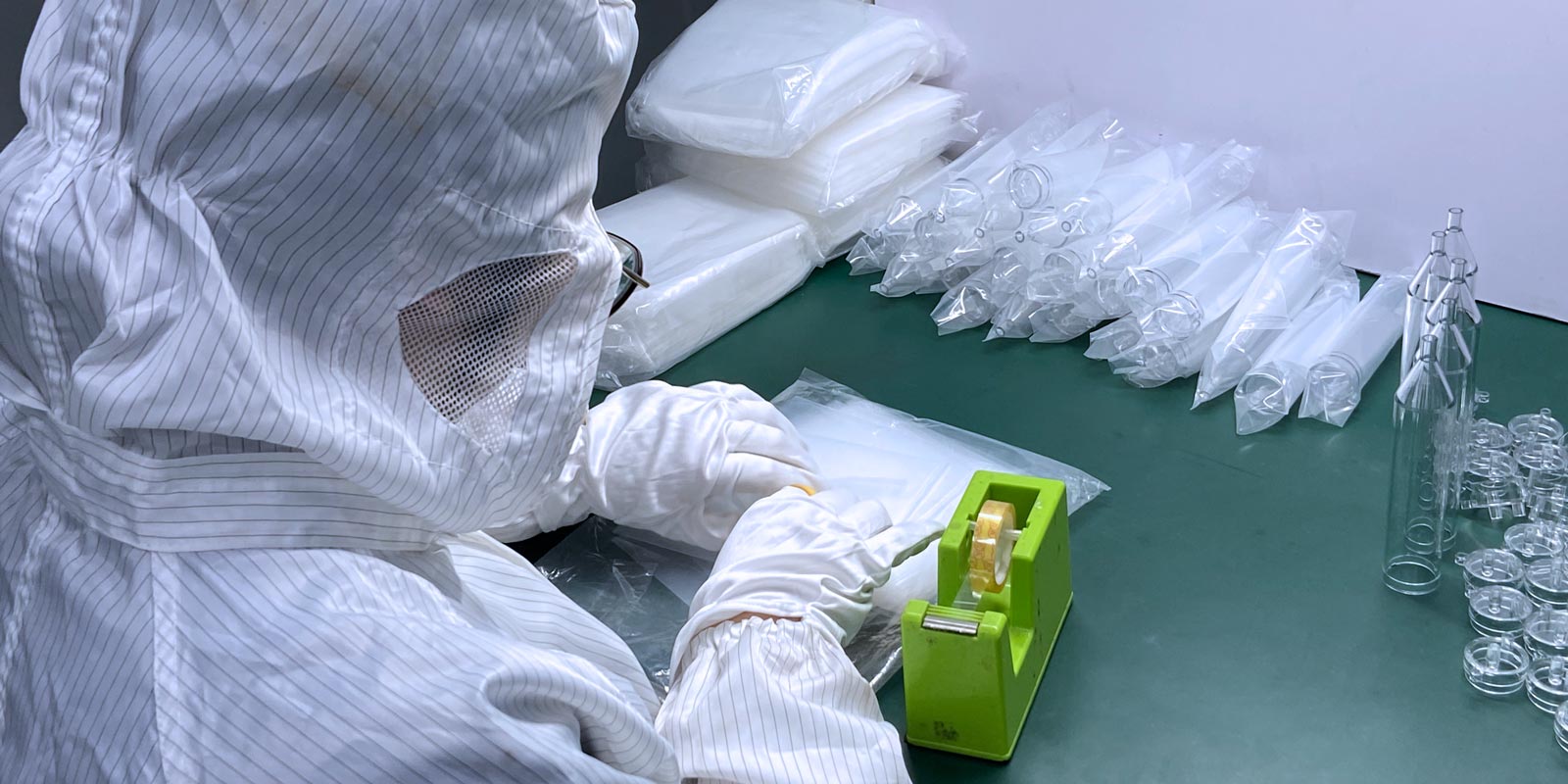
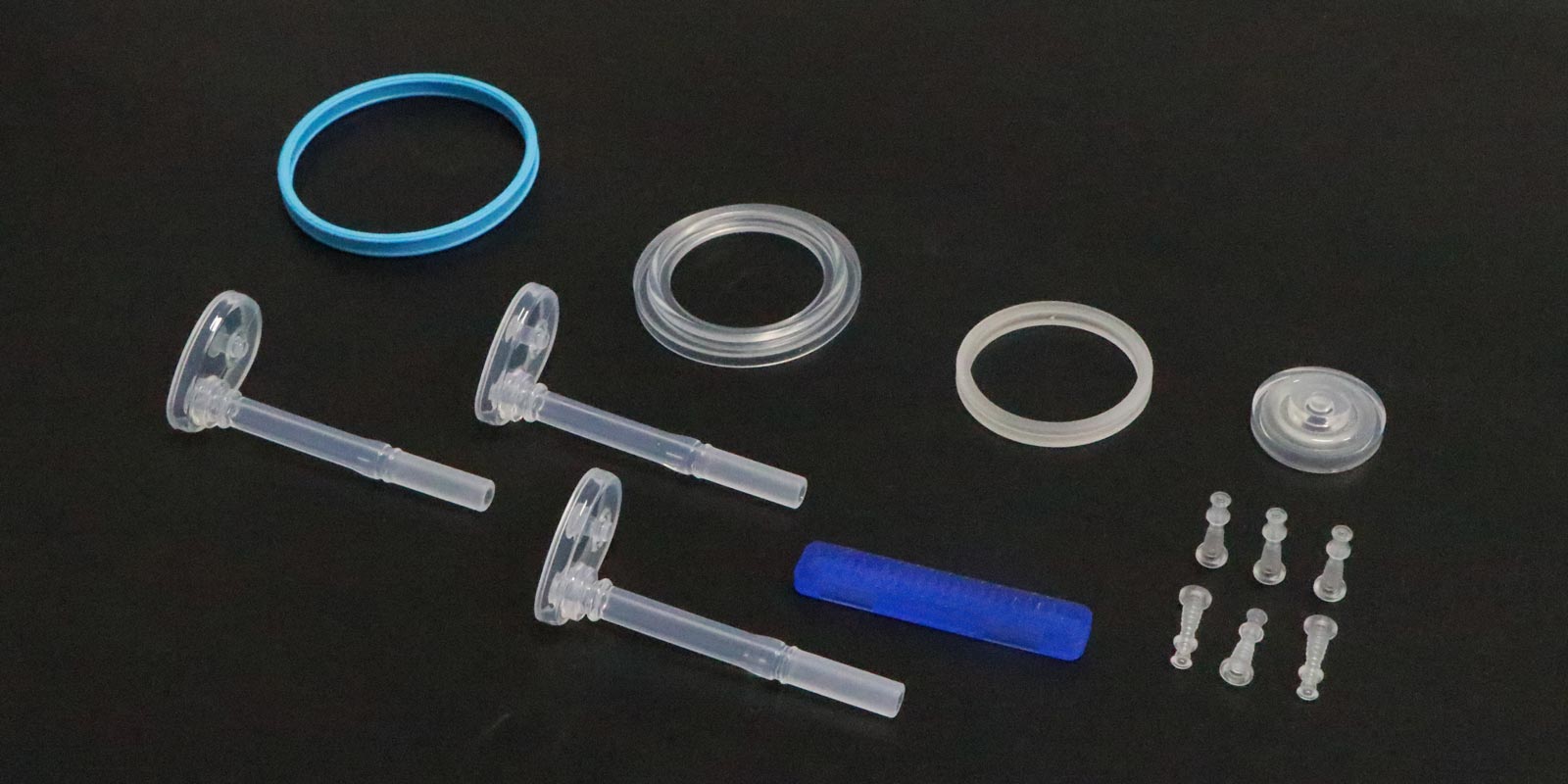











 Home
Home
